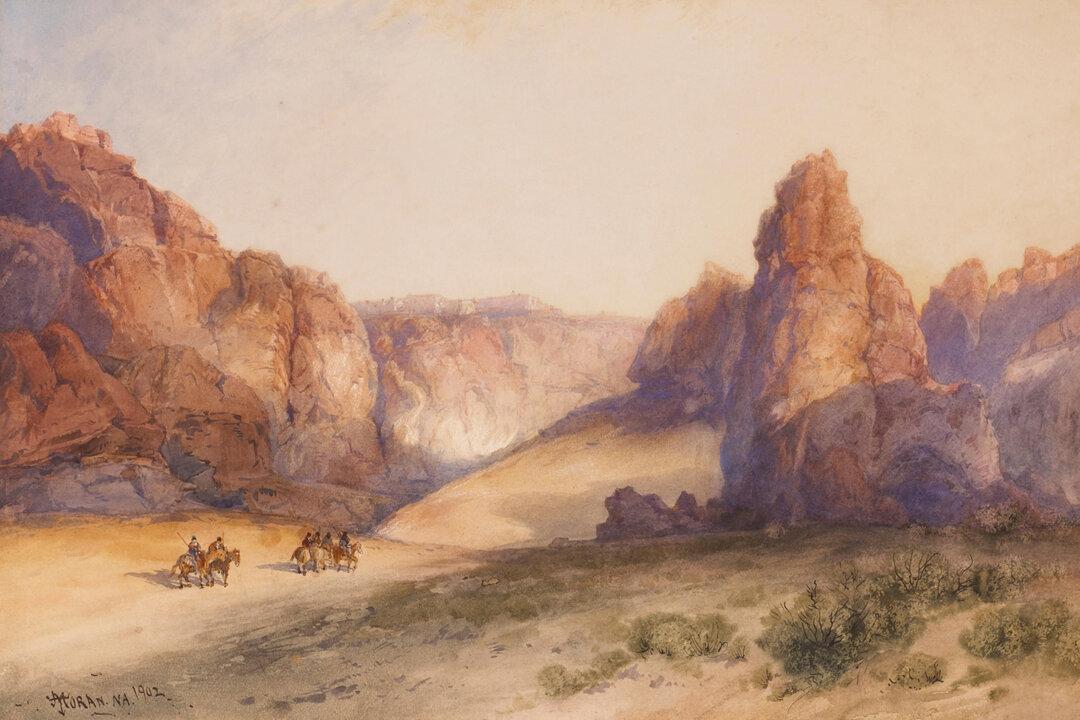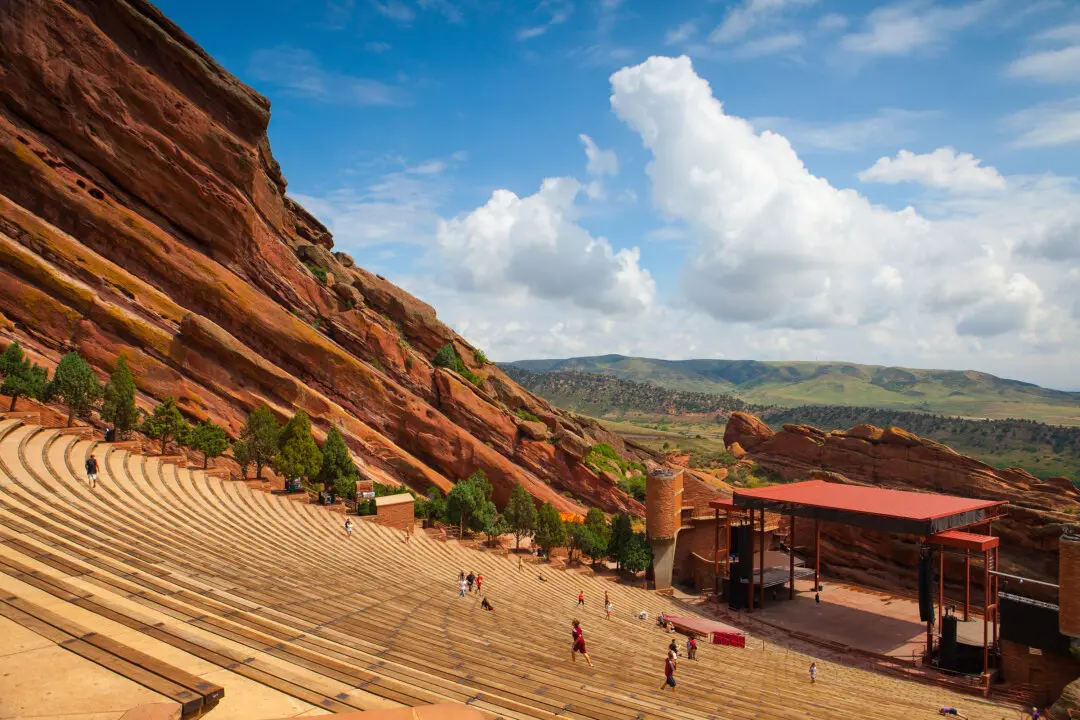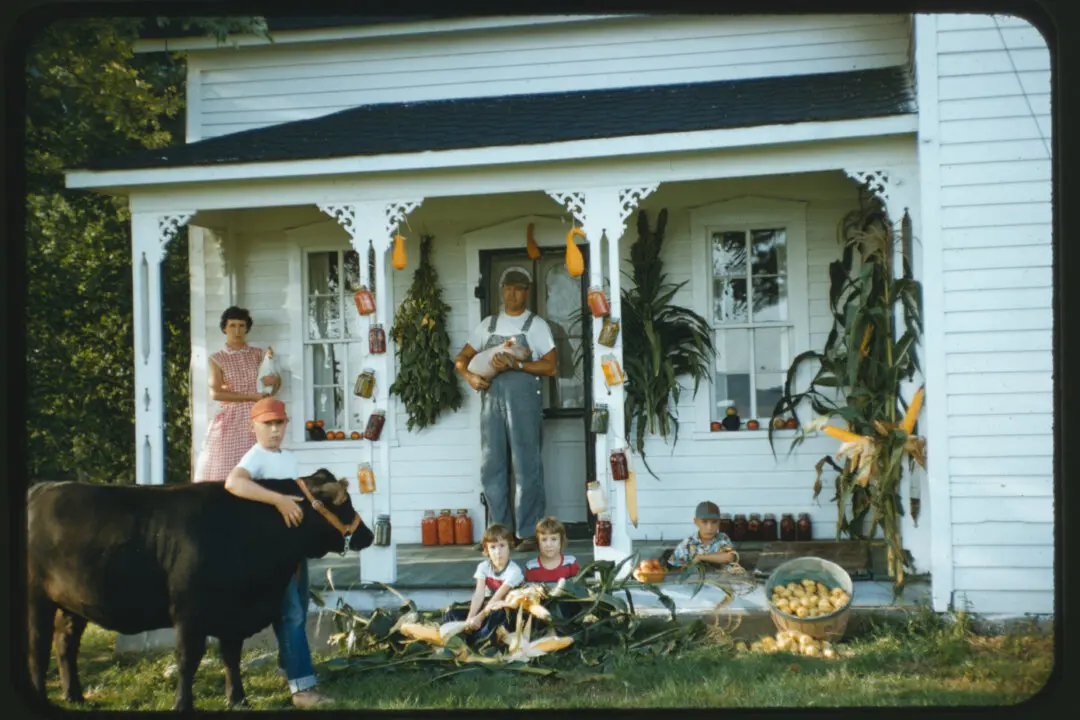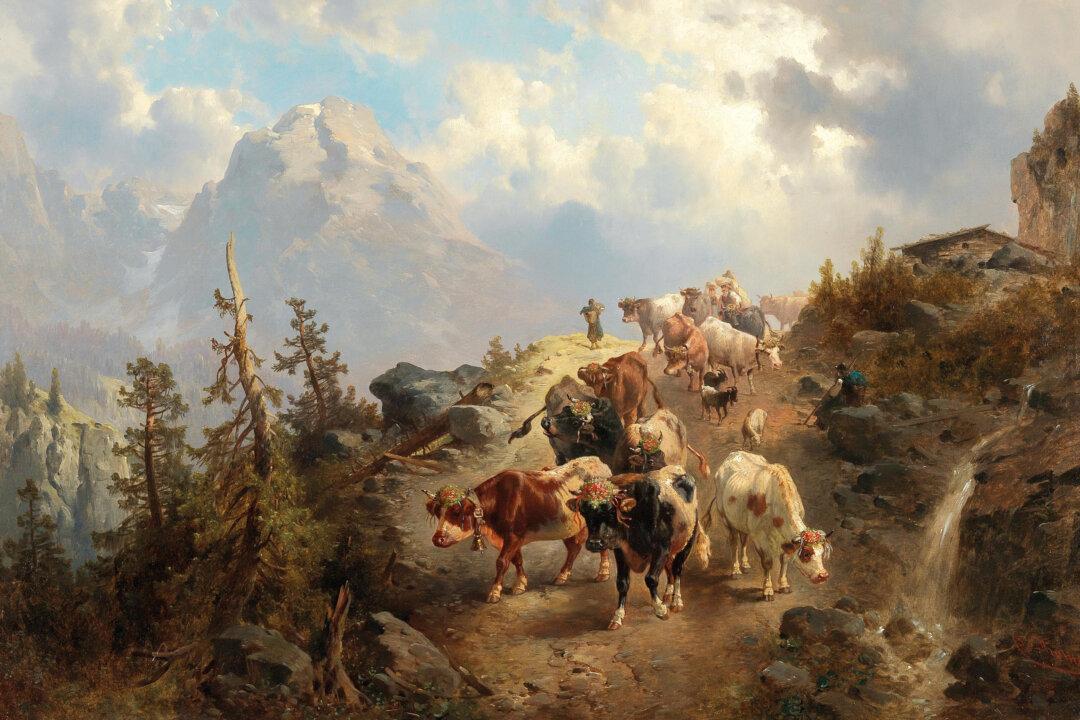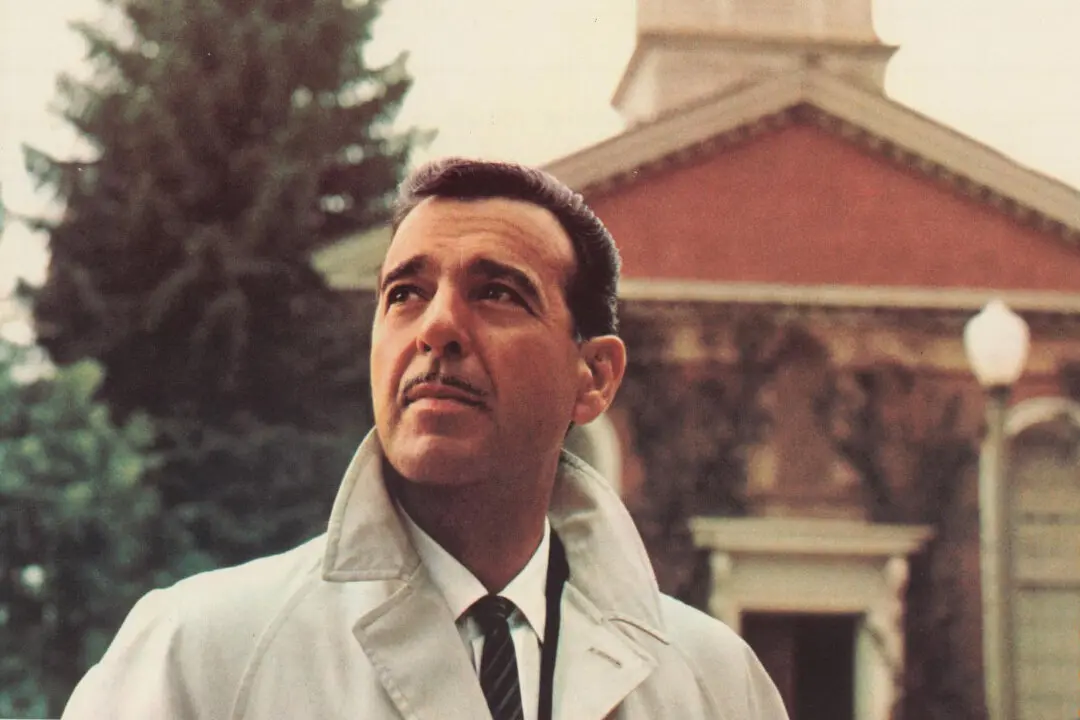Country-western singer Michael Martin Murphey is most well-known for his platinum hit, “Wildfire.” Throughout the past 41 years, he’s boldly experimented with many genres, all while staying true to his cowboy roots. With multiple hits and many awards under his belt, he continues to stand out from the country crowd as someone equal parts horseman and troubadour.
One of his more eclectic songs, “Land of Enchantment,” exemplifies his skill and grace as a composer. It effortlessly blends genres together while weaving an enchanting tale—two artistic talents that best represent Murphey’s prolific catalog of originals. Since its release in the late 1980s, the single has gone on to represent the enduring spirit of the cowboys of the American Southwest.

